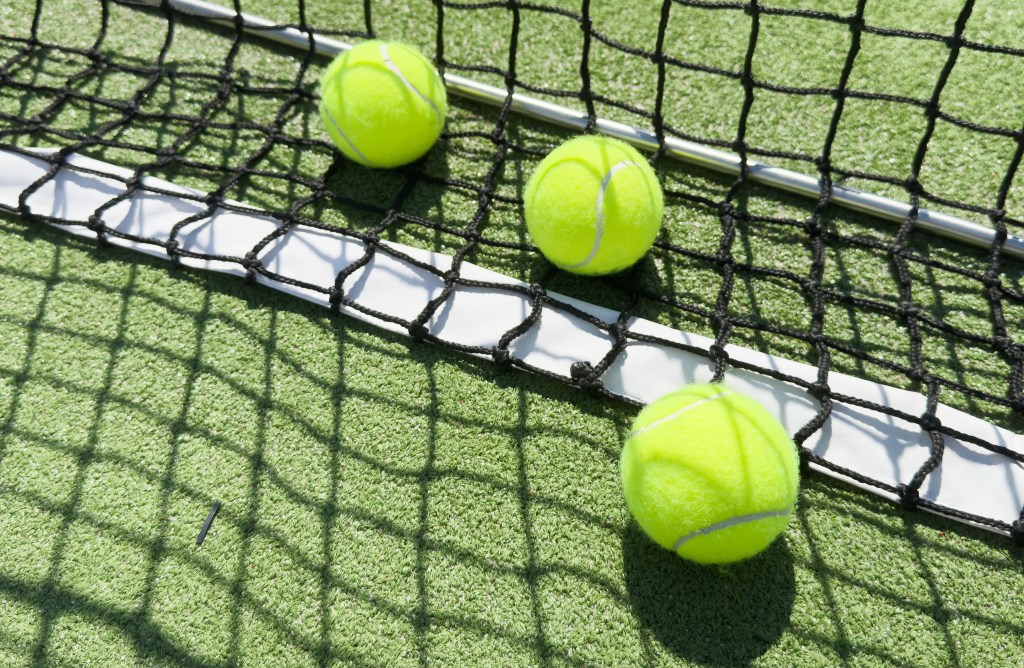These two tennis-specific exercises will serve up gain in your core and smash calories at the same time
Jack Draper’s impressive physique leads to the obvious conclusion that today’s tennis players need strength and power in abundance to succeed at the highest level, using tennis-specific exercises.
Speed off the mark, agility and flexibility are all more important than endurance when you bear in mind that a typical rally doesn’t usually last longer than 10 seconds and there’s often 25 seconds rest in between.
However, time in play is always at a high intensity so a base of cardio fitness is still required to be able to sustain a high work-rate for the duration of a match.
On average, a tennis player will only move three metres per shot, but since this can be to either side, forward or backward then a suitable training plan should work on the skill of changing direction via controlling momentum. A strong core will help tremendously in this particular aim.
Add these two tennis-specific conditioning exercises to your next workout and you might not scorch the Wimbledon grass but you’ll serve up gains in your core and legs while smashing the calories …game, set and match!

Woodchop
Standing with your feet a little wider than hip width apart, reach a dumbbell, medicine ball or kettlebell down towards one ankle, holding it in both hands.
At this point your knees should be bent, your abs pulled in tight and your shoulder blades drawn back, with your heel lifted on your rear foot.
Concentrate on initiating the movement by contracting strongly in your deep abdominal muscles to rotate your torso, at the same time lifting the weight up to the opposite diagonal corner, above your head.
Try to keep your arms almost straight throughout the movement and again lift your heel on your rear foot. Slowly return to the start position, following the same trajectory. Aim for 15 repetitions on each side.
Lateral leap
Standing with your feel hip-width apart, bend your knees to lower down into a deep squat position, keeping your core contracted to protect your lower spine.
Also, ensure your knees don’t shift forward of your toes or collapse in towards the centre. Your arms can be taken behind you, as if in a ski-jump position, ready to launch.
Now use your legs to explode up from the squat into a jump, with your arms now swinging upwards in front of you to assist.
Your aim is to travel to the side in the air and then land softly by quickly bending your ankles and knees to immediately lower down into the next squat, before then jumping back to your start position.
The whole exercise should be continuous, with no jerking or stopping, but smoothly transferring from leap into downward squat and back into leap. Important tip – the less noise you make, the less impact is going through your ankles, knees, hips and lower back so aim to land as quietly as possible.
Your target here is 20 repetitions, but ensure you squat low and jump as high as you can, quality not quantity is the maxim here.







